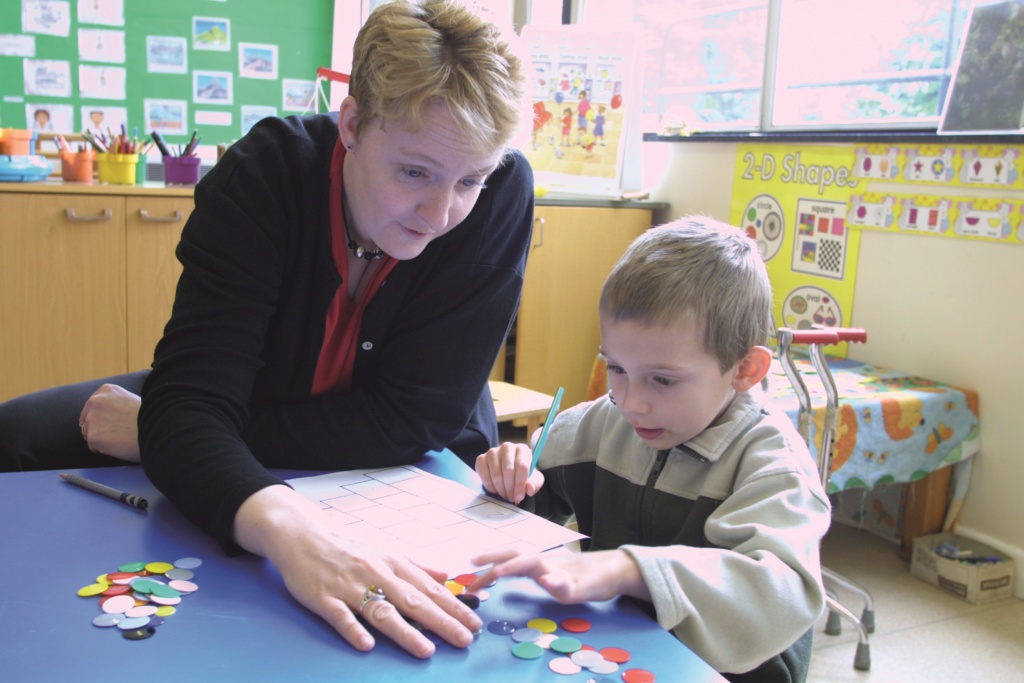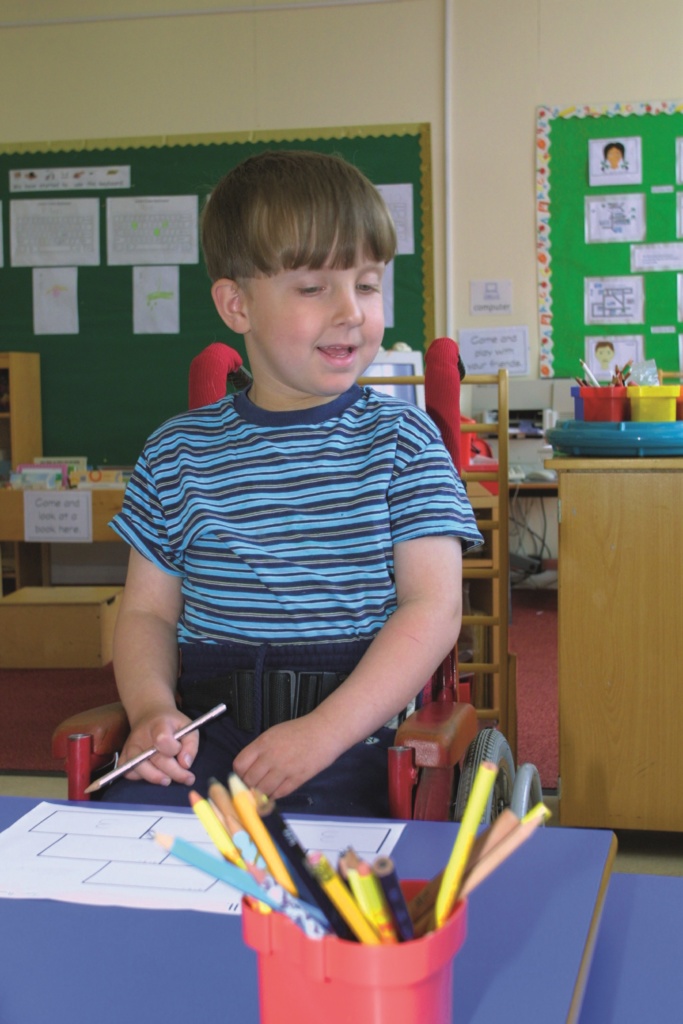
While children with special educational needs and disability (SEND) have been performing better in some areas attainment and progression in recent years there is still a major gap between their attainment and those of their non-SEND peers and on some measures the attainment gap is widening.
While we know it is the case that not all children with SEN will be capable of meeting floor standards, this has often been used as an excuse by some to lower expectations for children with SEND. However progression data also show significant gaps between key stages for children with SEND. Looking at progression between key stages 2 and 4 pupils are more likely to make the expected progress (two levels of progress) in English than mathematics. For English the gap between those with no SEN and those with SEN without a statement was 20.6 percentage points; and for those with a statement was 45.8 percentage points. For mathematics the gap between those with no SEN and those with SEN without a statement was 30.0 percentage points; and for those with a statement was 51.3 percentage points. (DfE 2016b)
Key Stage 1
- Pupils with SEN performed significantly worse than pupils without SEN in 2014/15 and the attainment gap has widened in some subjects (mathematics and science). The gap is largest in writing (44 percentage points), and smallest in mathematics (31 percentage points).
Key Stage 2
- 39% of pupils with SEN achieved the expected level in reading, writing and mathematics in 2014/15 compared to 90% of those with no SEN.
Key Stage 4
- In 2014/15, 20.0% of pupils with SEN achieved 5+ GCSEs at A*-C or equivalent including English and mathematics, 44.2 percentage points lower than those with no SEN (64.2%). (due to reforms introduced in 2014 data is not comparable to earlier years.)

The Lamb Inquiry (2009) highlighted the gap in attainment and a lack of focus on outcomes but also the role that parental involvement could play in addressing this. It found that parents of children with SEND were not consulted about their aspirations for their children or their views on what would make a difference. It also found that engagement and confidence in schools is typically lower among parents of children with SEND than those without SEND (Lamb 2009, Barlow & Humphrey 2011).
One of the main drivers behind the SEND reforms introduced in 2014 was to address the failure to secure better outcomes and improve aspirations for children and young people with SEND. The legislation put parental involvement at the heart of achieving better outcomes based on very good but often ignored evidence that good parental involvement between home and school had a dramatic impact on progression, attainment and wider outcomes.